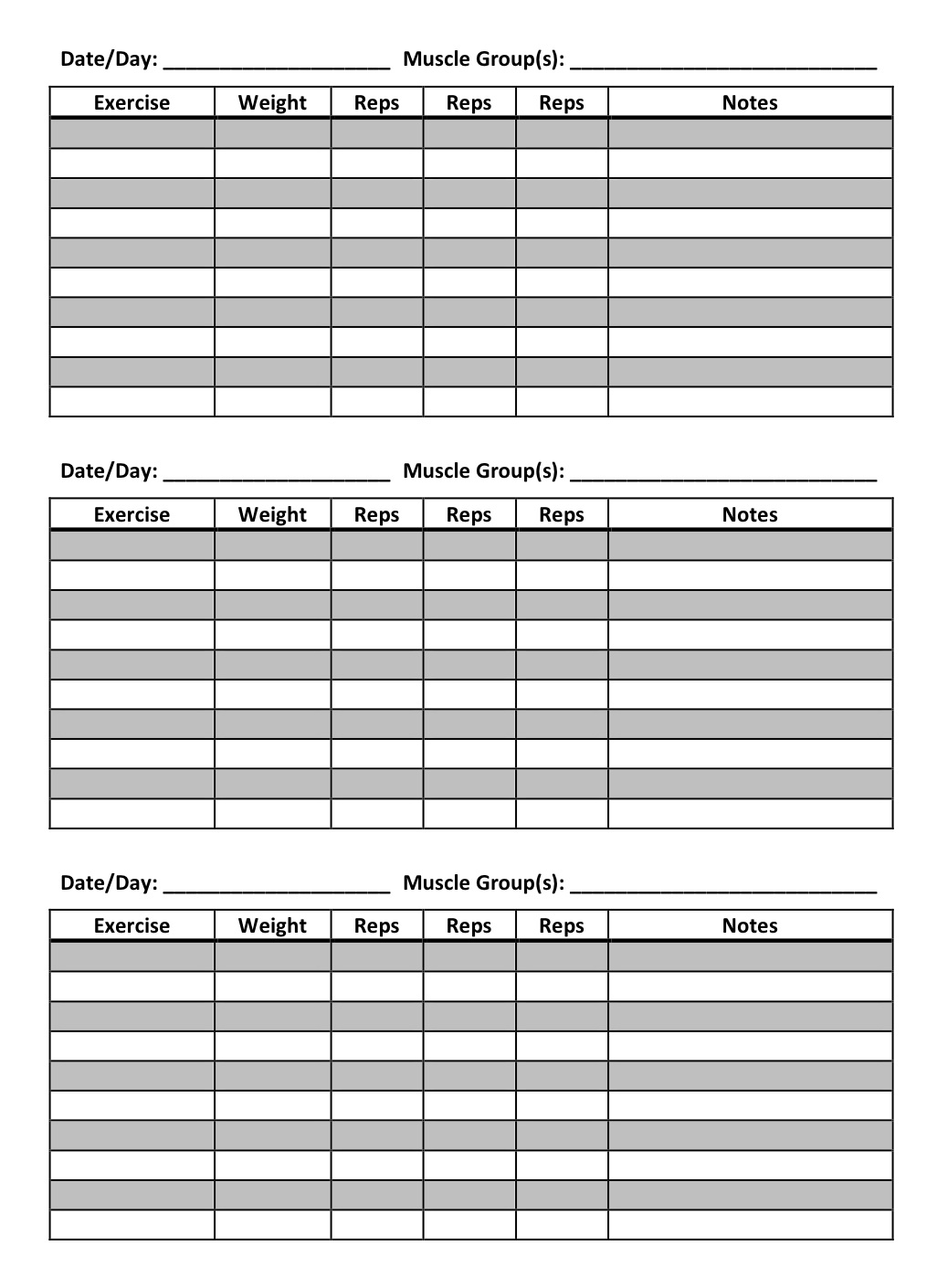Fibroids (leiomyomas) are noncancerous growths or tumors that develop in and around a woman’s womb (uterus). The exact cause of fibroids is unknown. However, their development and growth are stimulated by abnormal elevations in estrogen, the female sex hormone that circulates in particularly high quantities from puberty to menopause.
Although fibroids are generally non-life-threatening, they can cause a range of unpleasant symptoms (heavy or prolonged bleeding during and between menstrual cycles, pain or discomfort with intercourse, anemia, abdominal pain, and low-back pain) and oftentimes lead to infertility, preterm birth or miscarriage.
After having been diagnosed with fibroids following a fetal ultrasound back in 2007 and later suffering three consecutive miscarriages immediately after the birth of my son, I developed a keen interest in understanding the potential role of lifestyle behaviors in the management of fibroids.
I can personally attest that my symptoms only manifested themselves during my four pregnancies and I wholeheartedly contribute this to my overall healthy lifestyle. Even upon receiving the diagnosis, I was able to successfully manage my symptoms with good nutrition and the right dose of exercise.
Interestingly enough, I’ve actually benefited most from weight lifting, a type of exercise that’s rarely, if ever, discussed in relation to fibroids. It’s also the least likely type of exercise to be performed by women, yet it’s favorable effects on hormonal balance are well evidenced.
Fibroids are hormonally driven by poor estrogen metabolism. As such, addressing poor estrogen metabolism is of the utmost importance when it comes to preventing their growth and alleviating associated symptoms.
Believe it or not, having more muscle inherently improves your body’s ability to metabolize estrogen and weight lifting is the absolute ONLY way to thoroughly build it up.
Through its unique effects on muscle, weight lifting also supports long-term weight management, which is another critical component in the treatment of fibroids. Muscle is the most metabolically active tissue in the body, as it inherently requires a great deal of calories to work (contract/relax), repair and refuel itself.
The more muscle tissue you have, the higher your metabolic rate will be. This basically means you’ll burn more calories during any type of activity, even rest.
Related Article: 8 Reasons Why Women Should Weight Train
Now, let me emphasize here that maximum benefits can only be achieved with “full body” weight lifting. This essentially means that you’ll have to work ALL your body’s major muscle groups (chest, back, shoulders, arms, lower body and abs), as opposed to simply focusing on vanity muscles (butt, thighs and abs) like many women do.
There’s a laundry list of different exercises you can perform with free weights (barbells, dumbbells, and kettlebells), machines, rubber tubing, water resistance equipment or even your own body weight (gravity). The choice really comes down to your access, personal preferences and lifestyle.
Related Article: A Quick, Easy, Anywhere Full-Body Kettlebell Workout
What’s most important is that your workouts include at least 1-2 exercises for each major muscle group (at least 8 exercises).
Related Article: How to Choose Your Weight Training Equipment and Exercises
Also important is that you challenge yourself with moderate-to-high-intensity routines. It may surprise you to know that higher intensities of weight lifting are actually associated with the greatest improvements in estrogen metabolism and body composition. Body composition is basically a ratio of your fat weight and fat-free weight, which includes muscle and other tissues like bone and blood.
An ideal body composition is one that encompasses a lower percentage of fat weight and a higher percentage of fat-free weight relative to your overall body weight.
In addition to favorable effects on estrogen metabolism and body composition in general, moderate-to-high-intensity weight lifting has also been shown to reduce elevated blood pressure and reverse prediabetes through improvements in insulin resistance and glucose tolerance.
These are especially important benefits, as hypertension and diabetes are both known to amplify fibroid growth and related complications.
The overall intensity of your weight lifting routine is largely determined by the amount of load (weight/resistance) you use and the number of repetitions (or reps) you perform for any given exercise. The higher your loads the more intense your workouts. In relation to reps (the number of times you repeat an exercise), your loads should fatigue your muscles within a planned number of repetitions.
For effective fibroid management, staying within a repetition range of 8 and 15 is generally a good practice. As such, you’ll need to use loads that adequately fatigue your muscles within this range. For example, if you plan to perform 15 repetitions, your muscles should start to fatigue somewhere between 12 and 15 reps. In other words, 12 should feel like you can’t make it to 15 but light enough for you to get there.
Simply use this as a guideline when selecting loads for any weight lifting exercises you perform. As a rule of thumb, higher repetitions (12-15) should be reserved for larger muscle groups like those in the lower body while lower repetition ranges (8-12) are most ideal for relatively smaller muscles (shoulders and arms).
Here’s a final point of emphasis: Weight lifting is most effective when you perform multiple set weight training throughout the week. A multiple-set weight training routine essentially involves performing two or more sets of each exercise that’s included in a single workout.
Sets simply refer to groups of repetitions performed in sequence without rest.
Multiple set weight training is typically referred to as “high volume” weight training, as it involves working out for extended periods of time due to the total number of sets and repetitions performed.
When it comes to fibroid management, one of the most notable benefits of multiple set weight training lies in its favorable effects on sex-hormone binding globulin (SHGB), a carrier protein that functions in keeping circulating estrogen levels at bay.
Circulating concentrations of SHGB are generally low in the presence of obesity and diabetes. The amount of circulating SHGB is also low among women with fibroids and associated with numerous adverse effects including miscarriage. High volume, multiple set training has been shown to significantly elevate SHGB levels in ways that promote healthy estrogen balance.
Further supporting fibroid management, multiple set weight training leads to the greatest improvements in body composition through its effects on metabolism.
In fact, moderate-to-high-intensity, high volume weight lifting workouts (8-10 exercises 3-4 sets) can rev up your metabolism by as much as 5-8% for up to three days after exercising. This essentially means that you’ll burn an additional 100 or more calories a day in a rested state.
One of the easiest ways to implement multiple sets during weight lifting involves performing circuit sets. Circuit sets involve going through a series of exercises (8-10) with relatively brief rest time between sets (30 seconds). Performing circuit sets is also great for working both your muscles and cardiovascular system simultaneously.
In addition, circuit sets are an effective approach to weight loss as they induce a ‘cardio-like effect’ when it comes to burning calories due to the limited rest periods involved.
Now, although I wholeheartedly advocate weight lifting for fibroid management, doing so will not completely reverse your symptoms. However, following the strategies I’ve provided here will surely improve your overall quality of life by helping to slow fibroid growth and alleviating many of the pains, discomforts and other related symptoms.






